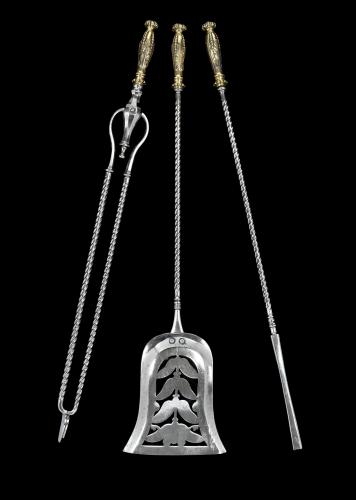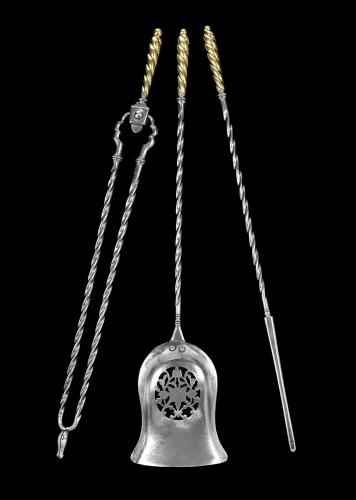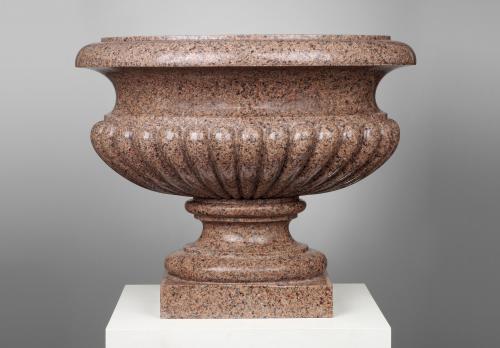

Price on application
This object is eligible for a Certificate of BADA Provenance
The BADA Standard
- Since 1918, BADA has been the leading association for the antiques and fine art trade
- Members are elected for their knowledge, integrity and quality of stock
- Our clients are protected by BADA’s code of conduct
- Our dealers’ membership is reviewed and renewed annually
- Bada.org is a non-profit site: clients deal directly with members and they pay no hidden fees
This pair of porphyry vases, carved from Egyptian imperial porphyry are 18thcentury Italian objects d’art. With an oval, elongated form, these vases have a certain baroque feel. The moulded lid with central button, sits an oval moulded vase with ever increasing rounded moudings, carved from the same piece of stone the vases stand on a circular moulded bases.
The deep red hue, interspersed with luminous specks of white, a unique colour that had so fascinated the emperors of Antiquity. It was quarried by ancient Romans at Mons Porphyrites, part of the modern Gebel Dokhan in Egypt, following its discover in the age of Emperor Tiberius (14-37 AD). Due to the exceptional quality of its surface and its rarity porphyry was employed only for the grandest and most important commissions, from temples such as the Pantheon to monuments such as the portrayal of the Four Tetrarchs, now in Venice, and the sarcophagi of Emperor Constantine’s family. Excavations at Mons Porphrites had ceased by the early 5thcentury AD and, whilst porphyry continued to be the prerogative of rulers throughout late antiquity – in 786 Charlemagne was granted permission by Pope Hadrian I to take porphyry columns from Rome for his cathedral in Aachen – the stone’s true rediscovery took place in Renaissance Italy. Following in Charlemagne’s footsteps, sculptors and architects thus reused and cut their works from ancient Roman columns, or the occasional slab found in tact since imperial times. This practice continued into the following centuries, as the Egyptian quarry lay dormant until its identification at the beginning of the 19thcentury.
Dimensions
12 x 7 x 10.5in high (31 x 18 x 27cm)The BADA Standard
- Since 1918, BADA has been the leading association for the antiques and fine art trade
- Members are elected for their knowledge, integrity and quality of stock
- Our clients are protected by BADA’s code of conduct
- Our dealers’ membership is reviewed and renewed annually
- Bada.org is a non-profit site: clients deal directly with members and they pay no hidden fees




